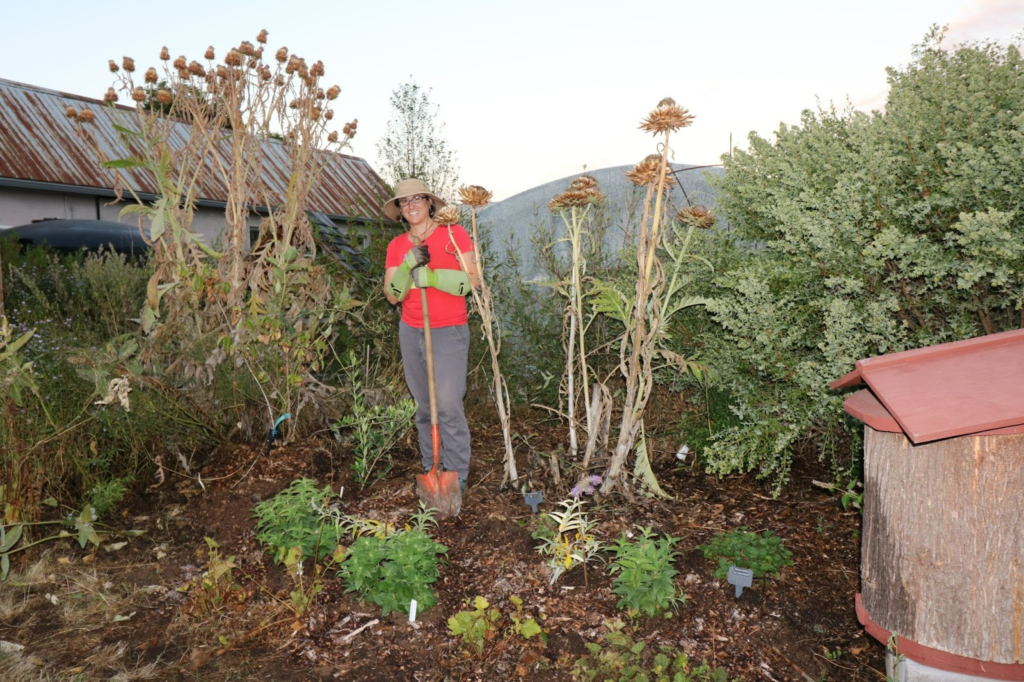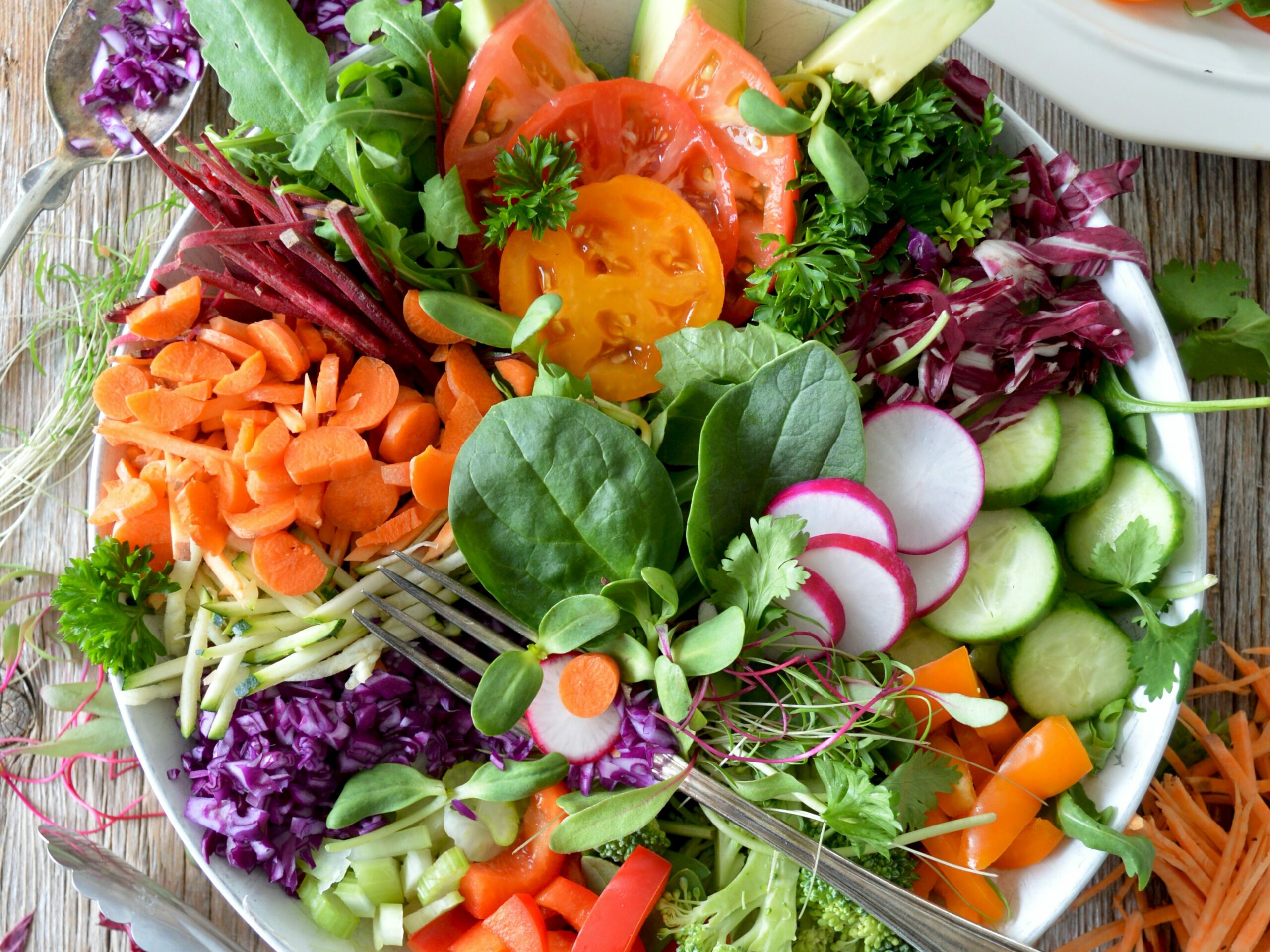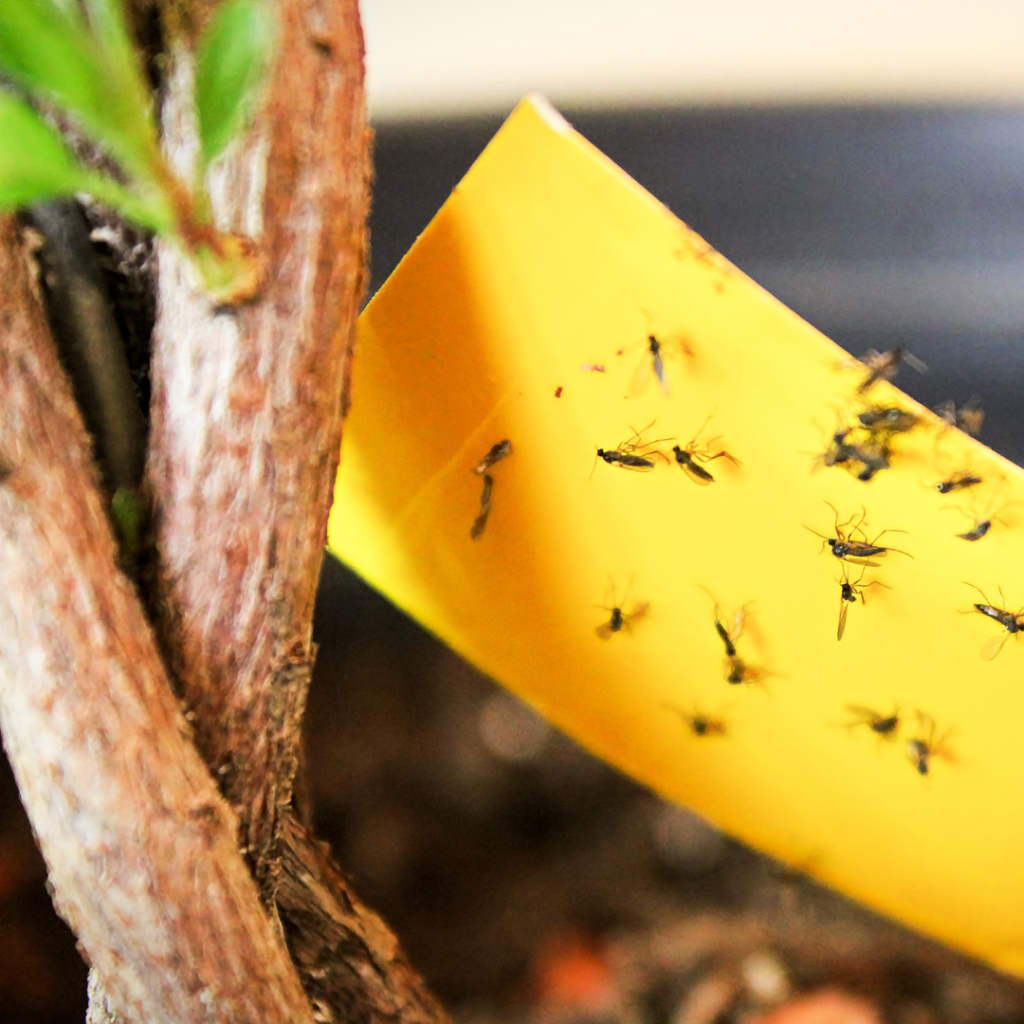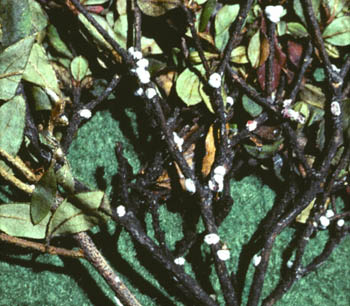By Jennifer Gervais

But these options may not be safe or effective.
You’re scrolling through the internet, looking for tips to control some bugs you’ve seen in the kitchen. You want to deal with them just using ingredients you already have rather than buying a product. You’d also rather use a natural remedy because you don’t want to use anything toxic. Sure enough, you find a random blog somewhere (you didn’t pay attention to the site) that assures you that Yes! You can control anything you need to, just by following this special home formula! All you need to do is keep reading.
Before you use the recipe, consider:
- Natural remedies sound harmless because they are not made up in some chemistry laboratory. However, some of the most toxic substances known to exist are found naturally in plants and animals!
- Synthetic pesticides are increasingly designed to be less toxic to people and other mammals than insects.
- Home remedies may include ingredients that have additives that may cause harm. For example, products such as dish soaps or laundry detergents are mixtures of many chemicals.
- Even familiar pure ingredients such as vinegar can be harmful at concentrations needed for pest control. For example, 20% vinegar can cause permanent eye damage.
- Mixing or heating substances could expose you to toxic fumes
- Home remedies don’t come with a label that can help you recognize risks and take steps to reduce them.
- Home remedies don’t come with instructions for use that have been rigorously reviewed to ensure that the remedy will work while posing minimal risks.
- They also don’t come with first aid instructions to follow if something goes wrong.
So what can you do?
- Try integrated pest management first! Identify the critter and learn its life history. That may give you ideas on how to deny the pest food, water, and shelter and take care of the problem without using any chemicals at all.
- Consider using a commercial product whose label states that the product can be used where you want to use it, and against the pest you want to control. This will keep risks low while giving you the best chance for success. There will be instructions for use and first aid instructions, and a phone number to call if you have questions.
- Try least-toxic products. You can find information on those products through the U.S. EPA’s Safer Choice program. The Bio-Integral Resource Center publishes a directory of least-toxic products.
- Ask your local Extension office for assistance!
- If you have questions about pesticides or related topics, you can reach out to the National Pesticide Information Center. Call the hotline at 800-858-7378, Monday-Friday from 8 am til 12:00 pm, or email them at npic@ace.orst.edu.
Jennifer has a PhD in wildlife ecology from Oregon State University. Her work as a wildlife ecologist has included studying a wide range of species, including birds, small mammals, reptiles, amphibians, and banana slugs. She has published peer-reviewed scientific papers in a number of journals and written numerous conservation and management plans. She has worked as a wildlife ecologist for the Oregon Wildlife Institute and currently works at the National Pesticide Information Center. She volunteers as a Master Gardener trainee and is also involved in efforts to combat climate change.

























